
Ingredient
Semolina
The Versatile Grain: Semolina
Semolina is a golden-colored flour with a slightly grainy texture and a nutty flavor. It adds a delightful crunch and richness to dishes, making it a popular choice for pasta, bread, and desserts.
Origins and history
Semolina has its roots in ancient Egypt, where it was a staple food. It later spread to the Mediterranean region and became a key ingredient in Italian and Middle Eastern cuisines. Today, semolina is enjoyed worldwide for its unique texture and versatility.
Nutritional information
Semolina is a good source of protein, fiber, and essential minerals like iron and magnesium. It is also low in fat and cholesterol, making it a nutritious choice for a balanced diet.
Allergens
Contains gluten.
How to select
When selecting semolina, look for a bright golden color and a fine texture. Avoid any signs of moisture or clumping, as this may indicate poor quality or improper storage.
Storage recommendations
To maintain its freshness, store semolina in an airtight container in a cool, dry place. Avoid exposure to moisture, as it can cause the flour to spoil or develop mold.
How to produce
Semolina can be produced by grinding durum wheat into a coarse flour. It can also be made at home by grinding whole durum wheat berries in a food processor or grain mill.
Preparation tips
Semolina can be used to make a variety of dishes, including pasta, couscous, bread, cakes, and puddings. It is commonly used in Italian, Middle Eastern, and Indian cuisines.
Substitutions
Cornmeal can be used as a substitute for semolina in certain recipes, although it may alter the texture and flavor slightly. However, there is no perfect substitute for semolina's unique characteristics.
Culinary uses
Semolina is widely used in pasta-making, where it adds a firm texture and a rich flavor. It is also used to make traditional Middle Eastern desserts like halva and basbousa. In Indian cuisine, semolina is used to make savory dishes like upma and sweet dishes like kesari.
Availability
Semolina is commonly available in grocery stores and supermarkets worldwide. It is also cultivated in countries like Italy, India, Turkey, and the United States.
More ingredients from this category
Recipes using Semolina » Browse all
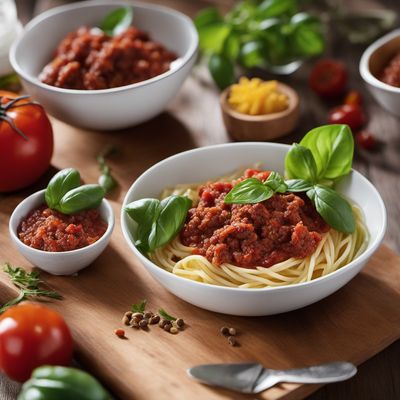
Italian-American Corunda
Cheesy Polenta Pockets: A Fusion of Mexican and Italian-American Flavors

Brasato al Barolo with Creamy Polenta
Tender Beef Braised in Barolo Wine with Creamy Polenta

Italian Sausages with Creamy Polenta
Salsicce Italiane con Polenta Cremosa
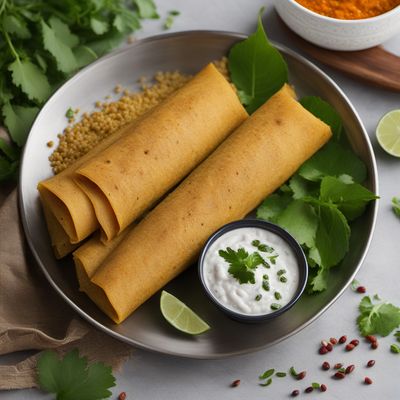
Authentic Masala Dosa Recipe
Spiced Delight: The Perfect Masala Dosa
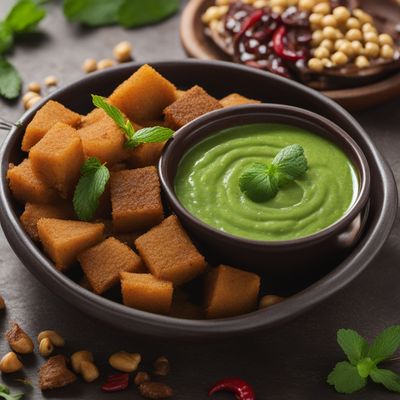
Homestyle Indian Chaat
Spicy Tangy Delight: Homestyle Indian Chaat
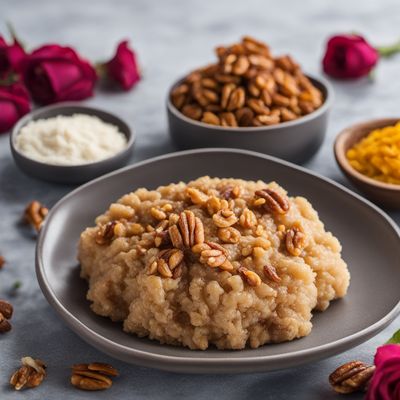
Kruševo Delight
Macedonian Sweet Sensation: Kruševo Delight
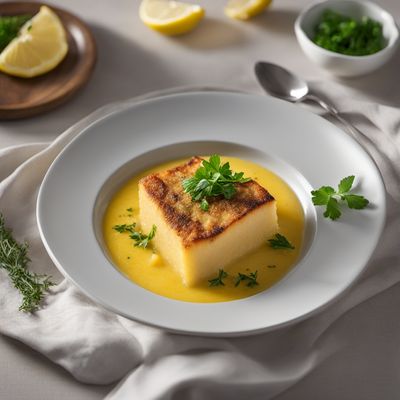
Creamy Polenta with Cod Fish
Mediterranean Delight: Creamy Polenta with Flaky Cod Fish
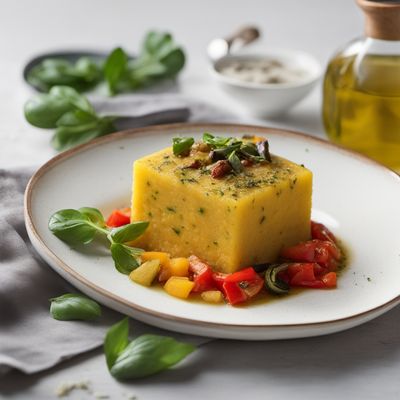
Asunción-style Polenta with Grilled Vegetables
Savory Delight: Grilled Vegetable Polenta from Asunción

Tuhinjska Fila with a Twist
Savory Slovenian Delight: Tuhinjska Fila Reinvented

Levantine Delight: Pistachio Booza Ice Cream
Creamy Pistachio Bliss: Levantine Booza Ice Cream

Kemalpaşa - Tamil Style Sweet Dumplings
Velvety Delights: Tamil-Inspired Kemalpaşa Sweet Dumplings
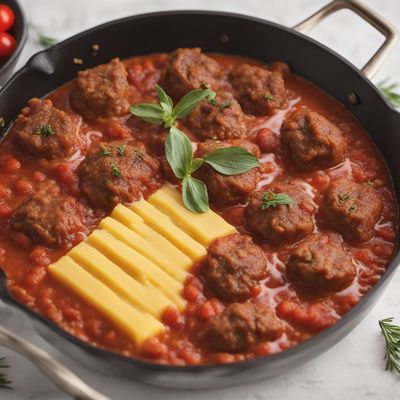
Momițe with Creamy Polenta
Savory Meatballs in Creamy Polenta Delight


